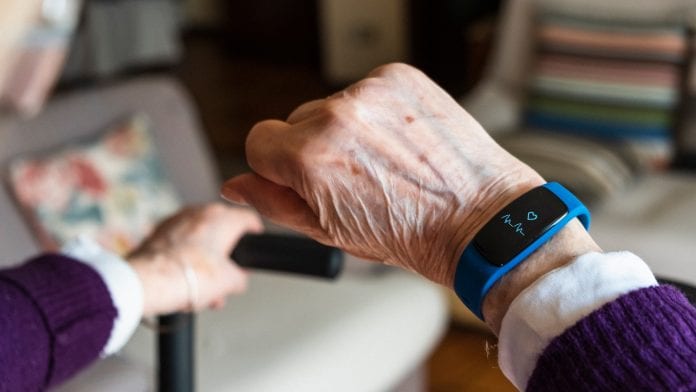
A new market report has projected that the Disabled and Elderly Assistive Technologies Market will reach €33.3m by 2023.
The report by Allied Market Research highlights how the global disabled and elderly assistive technologies market was valued at $22.466m (€19.91m) in 2016. The market is projected to reach $37.610m (€33.3m) by 2023, growing at a CAGR of 7.8% from 2017.
The Disabled & Elderly Assistive Technologies Market by Product Type and End User: Global Opportunity Analysis and Industry Forecast, 2017-2023 report can be found at: https://www.alliedmarketresearch.com/disabled-and-elderly-assistive-technologies-market
Improving care for the disabled and elderly with assistive technology
Countries across the world are dealing with ageing populations as health care services and medicine improves, and technology is offering a number of different forms of assistance to help with elderly care and vulnerable populations, such as the disabled.
Some of these technological devices that help elderly and disabled patients can be utilised to overcome cognitive difficulties, impairments, and disabilities, improving health outcomes and assisting with independent living. These technologies can help to reduce healthcare costs.
The report attributed the growth in the market to the increase in the number of assistive devices manufacturers which are investing in research and development, and that the rise in the value of better health conditions will also contribute to lucrative growth opportunities for the market.
Fast-growing market segments
The report highlights that communication aids accounted for the highest market global market share in 2016, attributed to the advancements in technology and rise in patients needing vision, speech, and hearing assistance.
The mobility assistance segment is expected to register high CAGR of 8.9% throughout the forecast period, with the scooters segment generating about one-third share in 2016 and is expected to generate the highest share during the forecast period.
The bone-anchored hearing aids (BAHA) segment is expected to grow at the highest CAGR of 6.6%, and the ostomy products segment is expected to maintain its dominance in the future.
The home care segment is also expected to maintain its dominance throughout the forecast period.
Asia-pacific market
The report highlights that Asia-Pacific and LAMEA collectively dominated the market in 2016, accounting for around two-ninths market share. This is expected to continue due to an increase in adoption of disabled and elderly assistive technologies, specifically in China, India, and the other developing economies.
In addition, the rise in the adoption of assistive technologies due to the growth in demand from elderly and disabled populations are fuelling the market in Asia-Pacific.








This is very smart and useful information.